Greetings!
Welcome to Scifi-Meshes.com! Click one of these buttons to join in on the fun.
Quick Links
3DEnterprise Refit VR Exploration Project
Hi guys, I've not posted here before for some reason, so I figured it was about time I did! 
For the past few months I've been working on recreating the Enterprise Refit (Wrath of Khan) as a VR exploration project in Unreal Engine. I didn't want this to be just a collection of rooms and corridors though, I wanted this to be a 'real' starship, built from the steelwork up with every bolt, pipe and conduit included as much as possible.
The end goal is to be able to explore the Enterprise Refit both inside and out, and to be able to hide the outer hull dynamically in order to see all the machinery and other hardware underneath.
So far I'm about 50% done with the beams/girders, I just need to add the nacelles and finish off the horizontal bracing on the saucer and engineering hull;
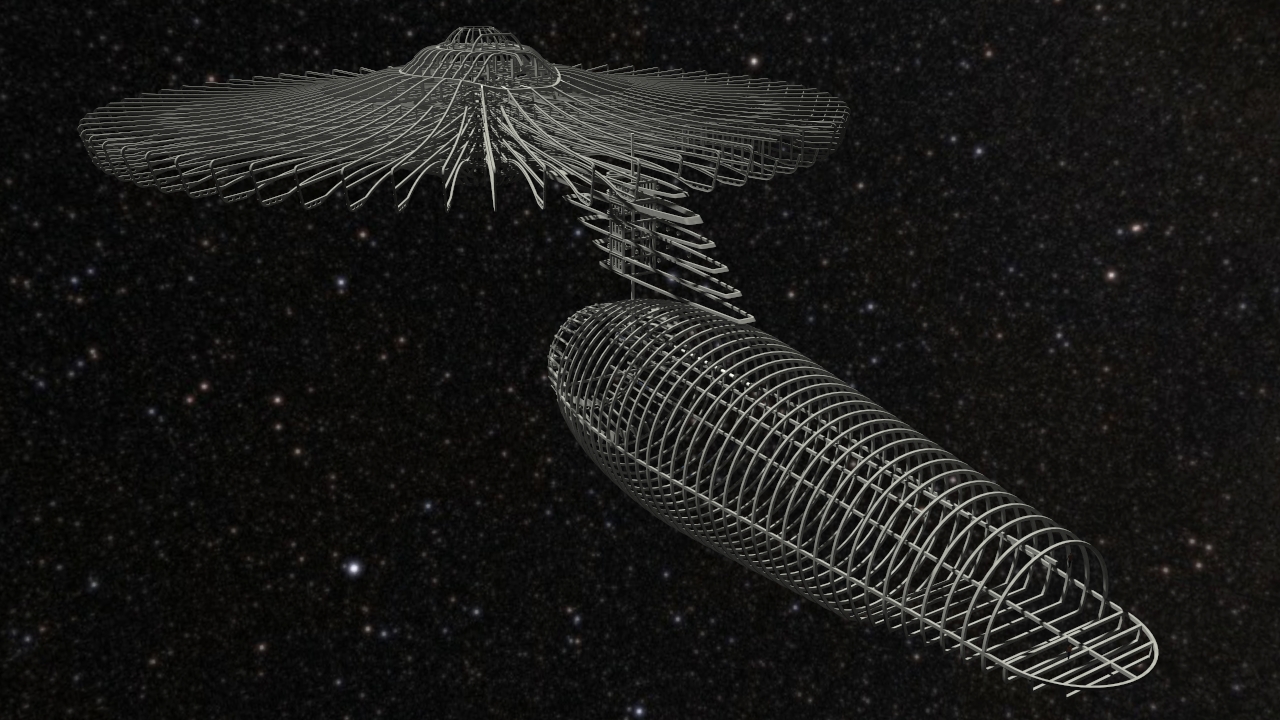
Here's a close up of the girders themselves, with some visible componentry;
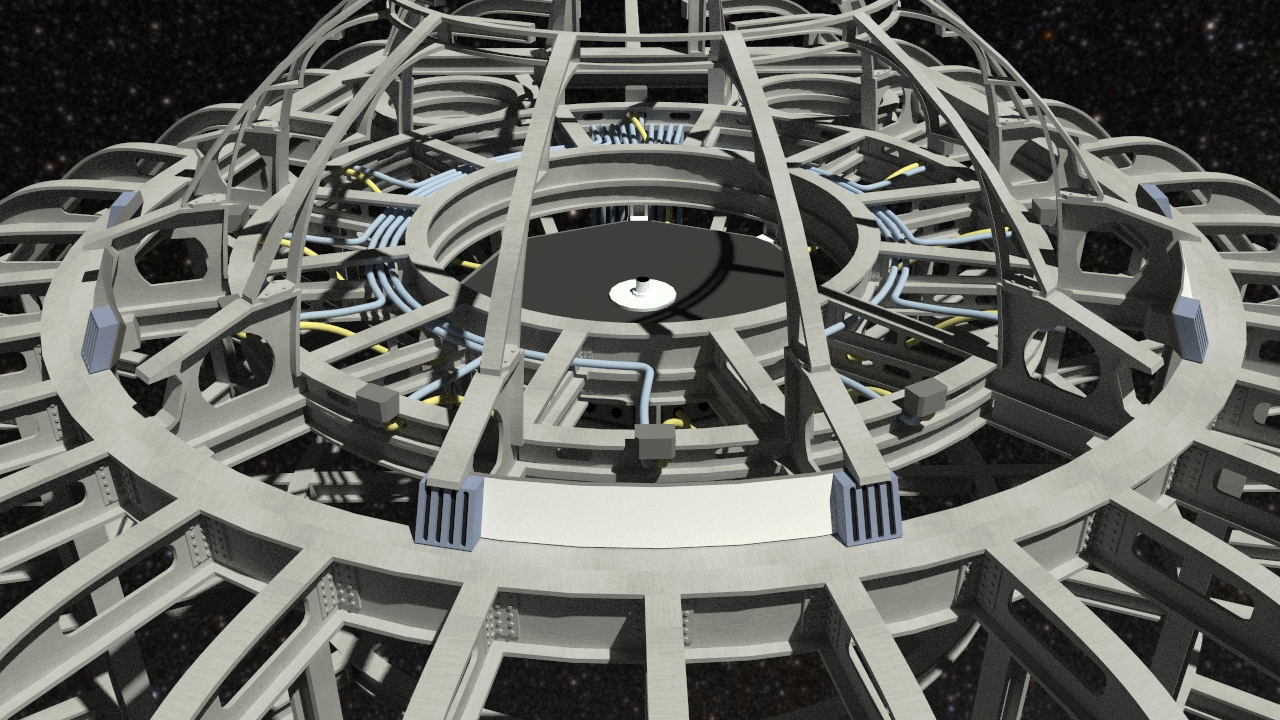
I haven't done a huge amount of work on the internal rooms yet, but here's a few shots of the progress so far;
A Deck
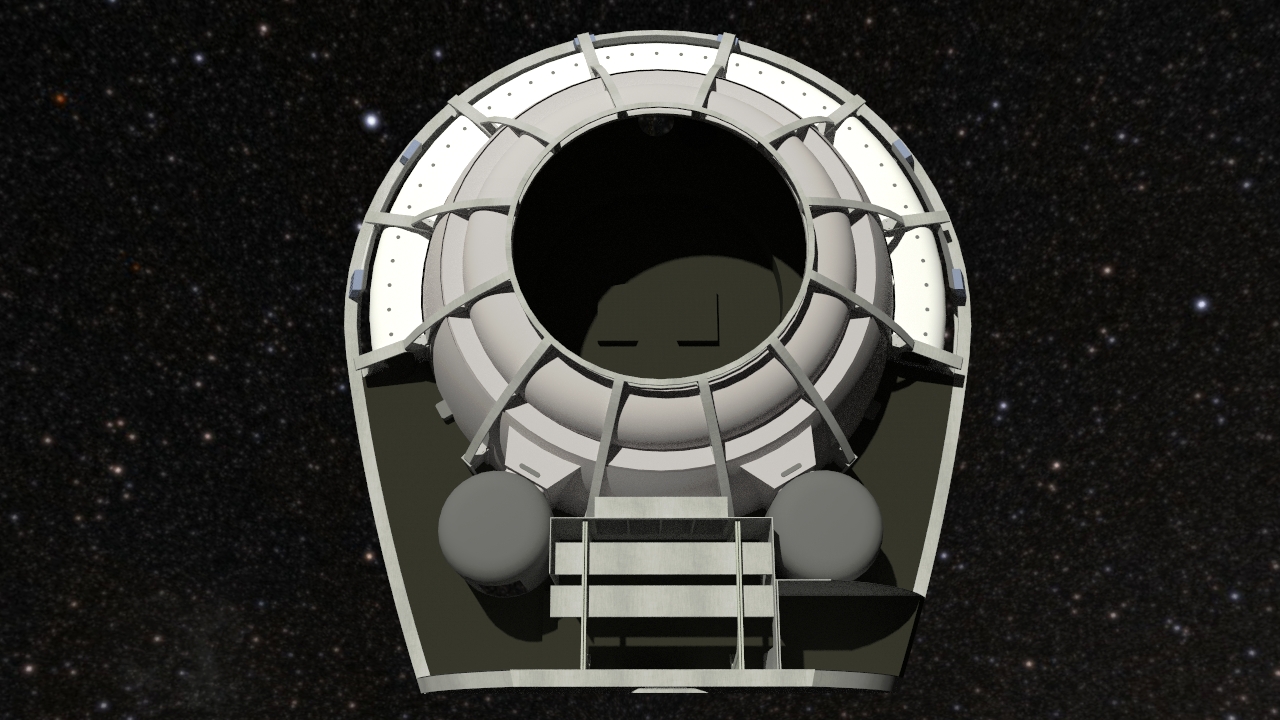
B Deck

C Deck
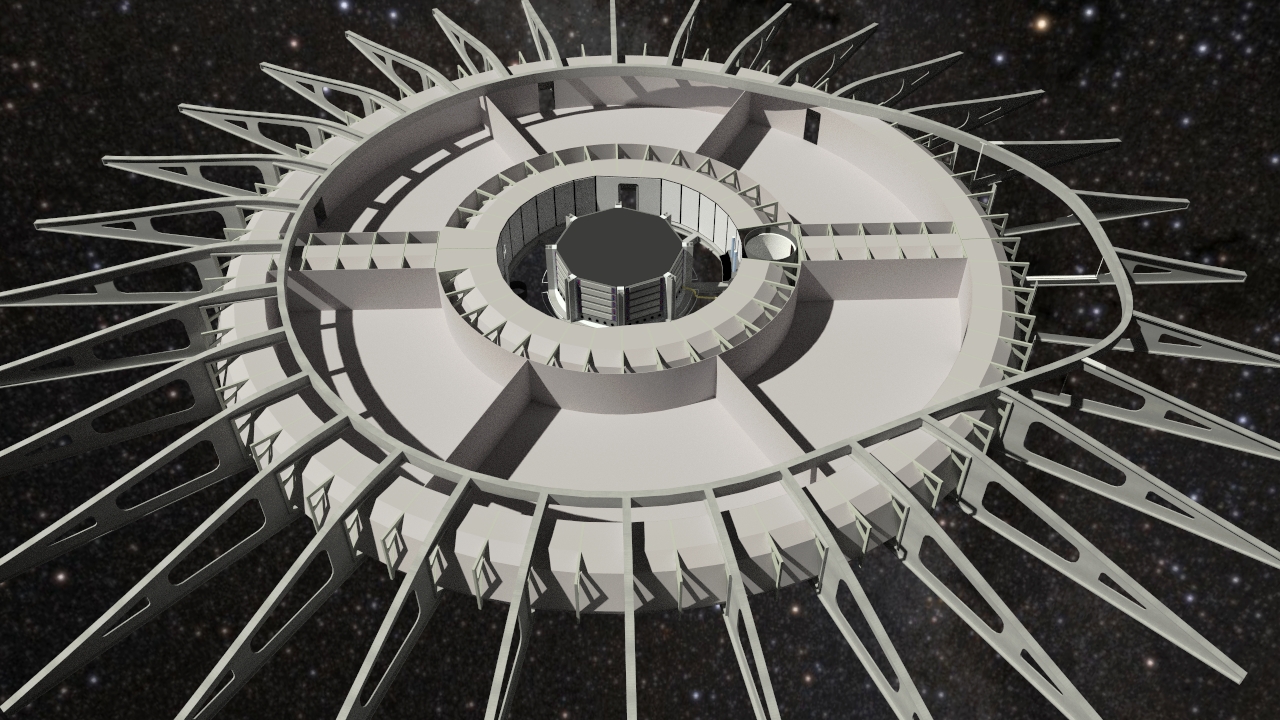
E & F Decks
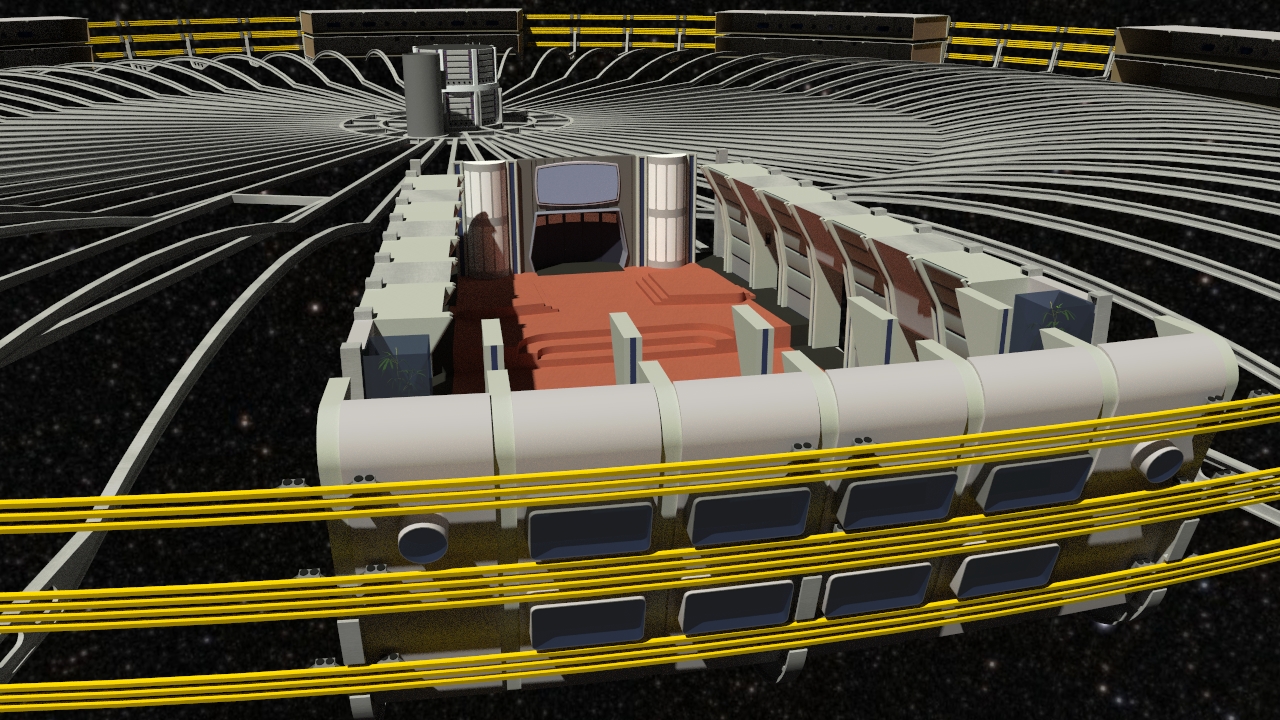
Officer's Lounge;
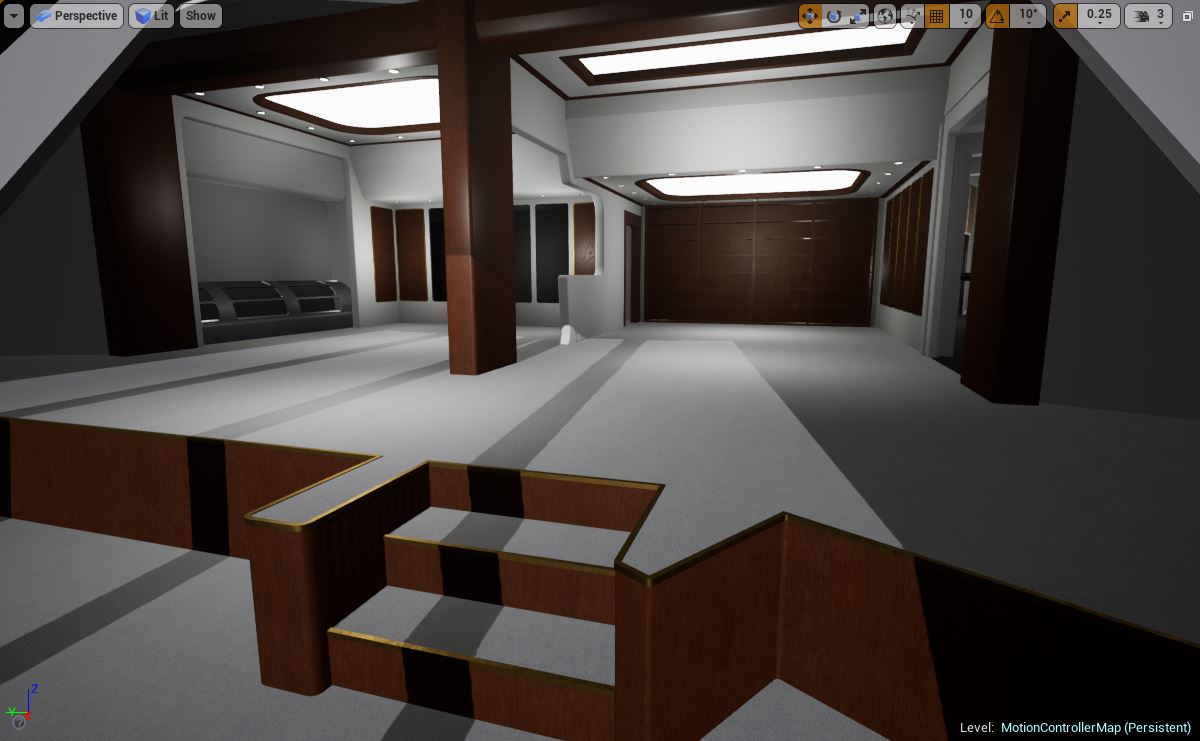
I've also been making a few youtube videos to record my progress
https://www.youtube.com/playlist?list=PLmThKHJ23Sf2Ts2O-z5e0LLOHIQBVTFON
If any of you happen to have an HTC Vive or Oculus Rift, you can try it out yourselves here:
http://danielgovier.co.uk/enterprise/2018/Enterprise_Refit_VR_Exploration_Test2.rar

For the past few months I've been working on recreating the Enterprise Refit (Wrath of Khan) as a VR exploration project in Unreal Engine. I didn't want this to be just a collection of rooms and corridors though, I wanted this to be a 'real' starship, built from the steelwork up with every bolt, pipe and conduit included as much as possible.
The end goal is to be able to explore the Enterprise Refit both inside and out, and to be able to hide the outer hull dynamically in order to see all the machinery and other hardware underneath.
So far I'm about 50% done with the beams/girders, I just need to add the nacelles and finish off the horizontal bracing on the saucer and engineering hull;

Here's a close up of the girders themselves, with some visible componentry;

I haven't done a huge amount of work on the internal rooms yet, but here's a few shots of the progress so far;
A Deck

B Deck

C Deck

E & F Decks

Officer's Lounge;
I've also been making a few youtube videos to record my progress
https://www.youtube.com/playlist?list=PLmThKHJ23Sf2Ts2O-z5e0LLOHIQBVTFON
If any of you happen to have an HTC Vive or Oculus Rift, you can try it out yourselves here:
http://danielgovier.co.uk/enterprise/2018/Enterprise_Refit_VR_Exploration_Test2.rar

Tagged:
Additional credits
- Icons from Font-Awesome
- Additional icons by Mickael Bonfill
- Banner background from Toptal Subtle Patterns
© Scifi-Meshes.com 2001-2024
Posts
I'm actually stalking you all over the internet
If you were to scale up the Refit Enterprise, would that eliminate the issues you have encountered regarding Window placements, set blueprints, etc? Or does that not work when trying to line them up?
Doug Drexler designed an MSD of the TOS Enterprise for "In A Mirror Darkly", he scaled it up to 433m to match the sets to the deck plans (even then it was a bit of a squeeze)
That's an interesting dilemma, because as much as it would be nice to scale the ship up to fit in certain large sets like the Rec Deck and the stupid blue Engineering corridor, it would also screw up some other things. For example, right now I have two 8' decks fitting very nicely around the perimeter of the saucer. If I were to scale the ship up, suddenly I'm left with either really tall decks or a lot of empty space. The other issue is the airlocks, which would be far too large on a scaled up ship.
There is scope as I see it, for hollow areas beneath floors for technology, wiring, etc so set height is not 1 to 1 with deck height, and some underfloor areas could be larger on other decks.
We are in a weird place where designers are becoming more cognisant of matching interiors to exteriors. So modern technology and bigger budgets would make you think that getting these right would be more important - as well as easier.
Tech like Unreal Engine, and Minecraft put their own spins on designing these huge ships in their entirety. But Minecraft for instance has its own limitations of 1m blocks which also put restrictions on these endeavours.
As for the airlocks, we have 2 primary sources for them. The Travel Pods from TMP, which I am not entirely sure of the scaling for, either for fitting people in, or exterior dimensions. And the one episode of TNG where we see the airlock corridor connected to the Starbase.
I guess my point would be, for a VR project, the interior sets could be given the priorty over the external dimensions. So you re-scale the exterior. And there are examples of that happening with Doug Drexler and John Eaves doing it for their work on Enterprise designs and MSDs.
And you could take the external dimensions as gospel, as established over decades, and re-design/tweak/adapt the sets to match. Which works well if you intend to spend more time outside of the ship, than inside. And if you consider the sets as more of an interpretation of what the interiors would be like, if it were not for budgets and studio restrictions.
In the end it is a choice for people like yourself to make these decisions, and represent your vision. I guess I am just curious as to whether those that have re-scaled, does the new scaling make sense? Does it solve the issues you are coming up against? Does the same problem affect ships designed in the TNG era. (I know there have been issues with TNG sets like the Bridge to Observation Lounge connection, Ten Forward, Ready Room window - that the Stage 9 designers have had to rationalise).
I can only hope the next 50 years of Trek create ships with as much care and detail as people like yourself, Stage 9, MineTrek, do, and try not to "fudge" it.
Hey, you too! I seem to be stalking you as much as Rekkert, lol
The one thing I hate about this corridor, and this isn't a knock on your design as you're just basing off what we got on ship, is that all the lighting comes from the floor and lighting the actual people walking around in it sucks. it's the same problem they had with the bridge set, not nearly enough lighting.
For walking around though in VR, this works great, as a practical film set for rendering or shooting real people, it sucks.
Glad you found a sort of 'easy' button for the corridors. Would definitely beat having to lay it out manually.
Hmm, that's something I hadn't considered actually. Circular ceiling lights were added in a few places in Wrath of Khan, but they're fairly dim so I doubt they'd help much with character lighting.
I'm now working on adding various details to the corridors, which should appear randomly based on a few simple rules. My end goal is to be able to build an entire network of corridors automatically, with all the detailing included.
Very cool!
Yeah I think that's actually part of the reason they gutted the corridors for the TNG sets so they could add some proper lighting and make it look roomier all at the same time.
And does your baked lighting take into account the Red Alert mode?
I've debated the corridor colours at length, and I think honestly I just don't like the orange wall coverings, and I'm not a fan of the blue corridor outside of engineering either. As far as memory serves, I believe all of the coloured corridors were dropped for generic silver in TWOK onward anyway, so that's really the style I'm going for.
Unreal can switch between multiple baked lighting scenarios on the fly, so I'm going to have a normal bake and a red alert bake that kicks in when red alert is called. I've actually already added the red alert corridor lights;
[video]
In Star Trek 3, the lights seemed to run along the corridor, rather than all blinking in unison. Adding a delay to the corridor segments would probably be difficult, especially if the baked lighting changes for those segments only.
Another big difference between TWOK and TSFS was warmer lighting in ST2, but cooler/neutral lighting in ST3.
Oh and yea I made some corridor segments for a Minecraft server, and did the different shades with a fabric texture. I agree, its a bit of a silly idea with that design at least. Not that there is something wrong with designating corridors with some kind of signage or coloured lines on the ground etc, like you see in hospitals and other functional buildings.
I've actually been looking at a lot of pictures of submarines and other naval vessels being constructed or dismantled. If you type something like "dismantled submarine" into google images you'll see what I mean.
What I'm doing is looking at modern construction methods, and then thinking what that would look like in ~200 years time with better materials. The fundamentals of ship construction have barely changed in the past 100 years, so I'm sure it wouldn't look that much different in another 200 either. What's different in Star Trek is that you have the addition of the structural integrity field, and I'm sure there's some dialogue in TNG that states the Enterprise would buckle and pancake itself under even small amounts of acceleration without it.
There are very few canon sources that show the internal structure of the Enterprise, so I'm largely making it up as I go along, and then updating and changing things as needed. For example, every time I add a large component (like the phaser turrets on the saucer) I will need to update and change the beams/girders around it to make it as logical as possible.
I think the only time you ever see actual girders on screen is here, and I'm going to try and match this as much as possible:
So plenty of leeway where visual canon does not appear.
Well I'm on the fence about the yellow panels... but I like the others.
Not my project though and they definitely abandoned the colored panels after the Motion Picture and onwards.
Brown corridor, with the bulkheads covered in brown fabric
There are ways to incorporate the idea in without going as full on as TMP's brown corridor.
All signage, section numbers, deck numbers, door labels, even door colours - could match those from the book.
"The corridor panels on D, E, and G Decks are covered by a layer of padding to help protect against injury during any unlikely sudden ship movement.
The corridors on each deck are color-coded for easy identification of deck level. Colors are as follows:
D, brown;
E, red;
F, silver;
G, white;
H, light blue;
I, yellow.
All secondary hull corridors are silver"
I actually really like the red panels, they match the TWOK era uniforms rather nicely
I'd go space crazy if I had to stare at those yellow ones though, lol
As this isn't something we ever see on screen, I'm trying to stick with a similar aesthetic to what we see in Engineering.
Having the extra support to "lock" in the computer core once installed is very sensible.
I would suggest there be a small open-able panel on each to allow for a manual release system, should the computer core be down and unable to release before removing the core.
Do you imagine the core being a singular object that slides in, or made up of segments that "snap" together? Can you upgrade a singular part of the core? Can you connect a debug or engineering panel to individual parts of the core on the deck, to test for problem quadrants?
So many ideas and possibilities of things to do!
Will there be any visible activity with the Computer core? Like lights, and activating panels beside parts of the core?
computer-core-active.png
Originally I did have the entire core as one giant object, but the more I looked at it the less logical that became, so now each deck has its own individual core segment which connects above and below to the cores on the other decks. At the very top there's a similar connection to the base of the helm console in the bridge. This means each segment can be replaced individually if it fails beyond repair, but you will still need to remove the other cores above it to get it out (sucks if the one 9 decks down fails :P).
I see each core being primarily responsible for the operations on its given deck, but the entire stack can operate as a single giant core if required for complex computations. A bit like distributed computing, so if one core fails in deep space the others can pick up the slack.
I love your example with the lights and control interface. That's exactly what I had in mind